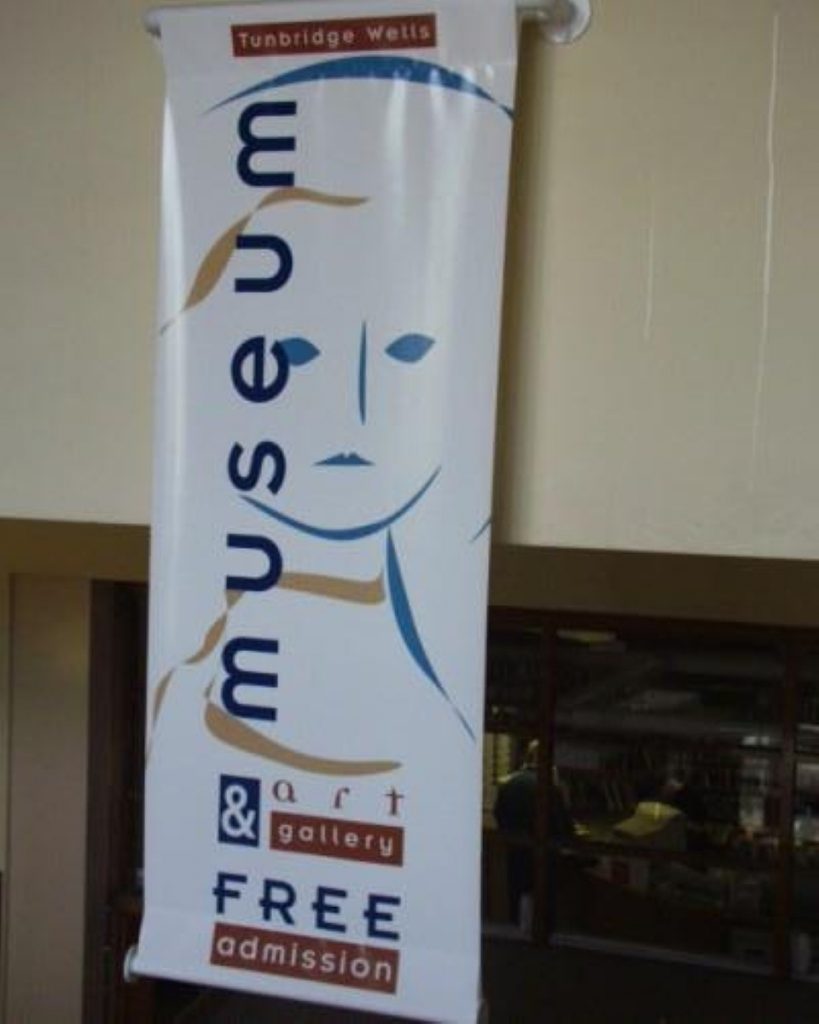Museum attendance figures up
Since the scrapping of entrance charges to the UK’s national museums and galleries, visits are up by 75 per cent, according to new official figures.
The figures have been announced by the Culture Secretary on the third anniversary of the scrapping of entrance charges.
They show that nationally visits are up 75 per cent, representing six million extra visitors, on the year before charges for permanent exhibitions were ended.
Of the flagship London museums, visits to the Natural History Museum are up by 95 per cent, the Victoria and Albert by 113 per cent and the Science Museum by 71 per cent.


Museums and galleries like the Tate and the National Gallery, which have always been free, have seen a rise in visitors of about nine per cent over the same period.
Speaking today, Culture Secretary Tessa Jowell said: “Today’s figures are incredible. Free entry for everyone to our national museums is a cornerstone of this Government’s cultural policy. We believe that our collections are among the best in the world and that everyone should be able to visit, enjoy and learn from them, whatever their background.
“Our decision to invest in free admission was a success from day one. Now – three years on – I am delighted that visit numbers continue to grow. This gives the lie to the idea that ordinary people have no appetite for ‘serious’ culture – sweep away the obstacles, and they come in their millions.”
But, the Conservatives claim that not enough has been done to compensate the museums for the loss of revenue.
Shadow Arts Minister Hugo Swire, said: “The Government has not adequately compensated museums for either the loss of revenue caused by forbidding entrance charges, or the increased costs of coping with the extra visitors.
“Our policy is to allow the trustees of museums to introduce charges as and when they deem fit. We would not propose to penalise those that wish to do so.
“There is also an anomaly – it seems ludicrous that foreign visitors are not charged to see our collections, when British people travelling abroad, to the Louvre for example, are charged to see theirs.”

